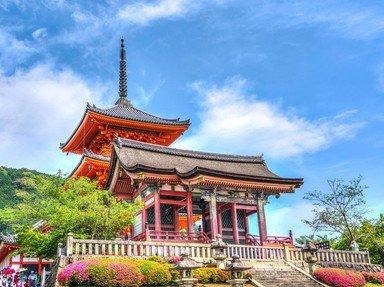Quiz Answer Key and Fun Facts
1. Thanks to its shape, the Jade Belt Bridge also goes by which of the following names?
2. What is the Guanyin of Nanshan?
3. Does the Bund Sightseeing Tunnel of Shanghai offer you the sights of Shanghai?
4. The Harbin International Ice and Snow Sculpture Festival is also famous for which one of the following?
5. The Hong Kong Tramways system uses which of the following exclusively?
6. Which of the following can a tourist visit at Huanghuacheng, a village in northern Beijing?
7. Upon its completion in 2007 the Grand Lisboa Hotel in Macau was the tallest building on the island.
8. The Three Gorges Scenic Area has been graced with which tourist rating by the China National Tourism Administration?
9. Which creature, a symbol of strength in Chinese culture, lends it name to a gorge in Yunnan, China; ___ Leaping Gorge?
10. The Memorial Hall of the Victims in Nanjing Massacre by Japanese Invaders was established near a site known as the "Pit of (how many) Corpses"?
Source: Author
pollucci19
This quiz was reviewed by FunTrivia editor
stedman before going online.
Any errors found in FunTrivia content are routinely corrected through our feedback system.

